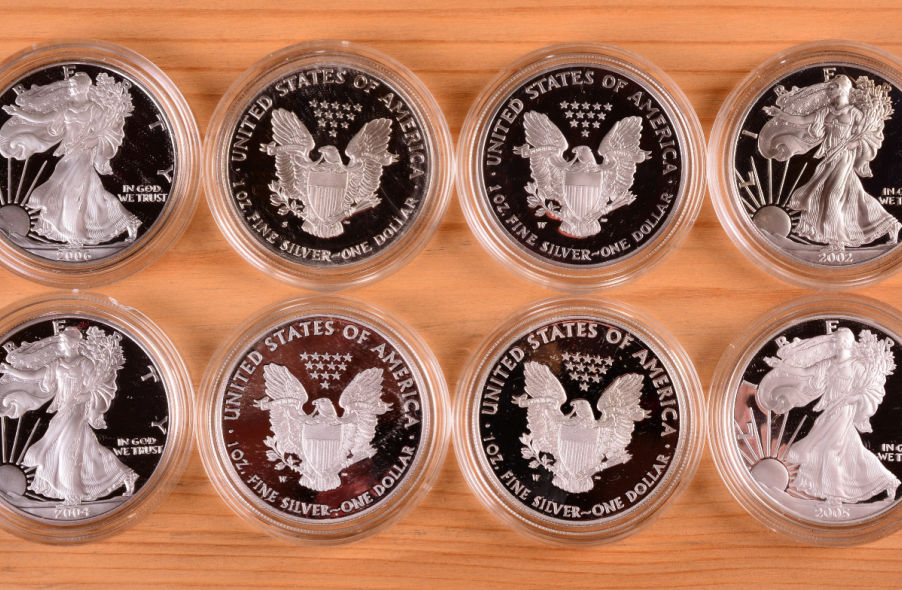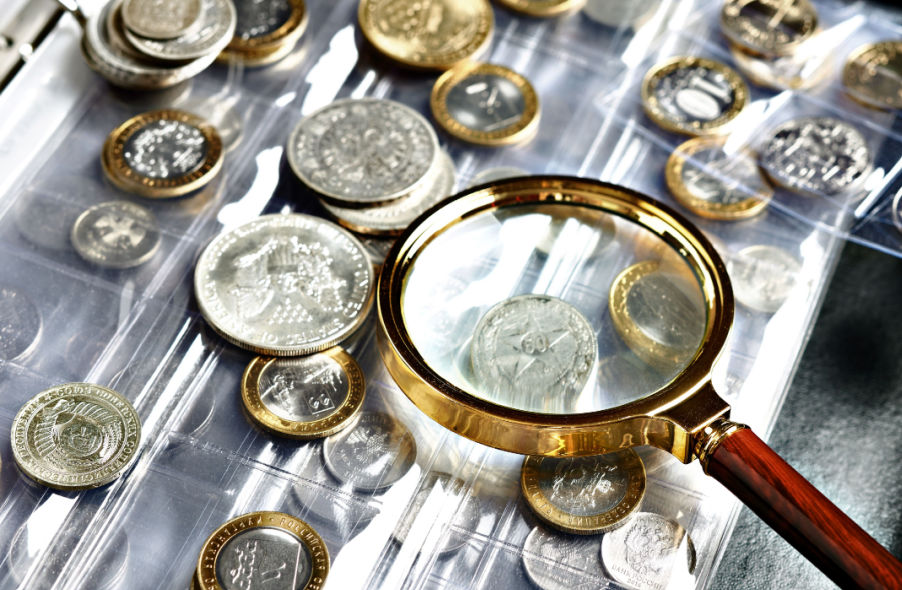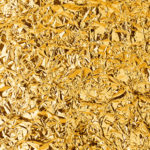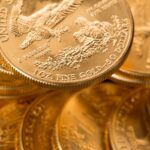In numismatics—the study or collection of coins, currency, and medals—burnished coins hold much historical and potential monetary value. Burnishing soon-to-be-minted gold coins as a practice has roots as far back as the 18th century. Still, modern coin and currency enthusiasts often associate the process with Burnished American Eagle coins and the U.S. Mint.
Those just starting out as investors or who are in the process of creating a gold IRA may need clarification about what it means to buy or invest in burnished gold coins. This article will discuss what burnished coins are and how you can identify them in the future.
The History of Burnished Coins
In 2006, on the 20th anniversary of the Silver American Eagle coin, the U.S. Mint unveiled the first minted Silver American Eagle coins to receive a burnished finish. Given the Silver Eagle’s status as a popular bullion coin, this new feature added to its rarity and value, provoking a wave of excitement in the numismatic community.
Coin collectors and numismatists expressed delight in the coin’s design, and their excitement led the U.S. Mint to expand its use of the burnishing process. Following the American Silver Eagles’ success, the U.S. Mint produced Burnished Gold Eagles and platinum coins.
Since the initial release of the Burnished Silver Eagle, the U.S. Mint has continued using the burnishing process, releasing a limited amount of burnished coins each year. This U.S. Mint practice briefly stalled in 2009 and 2010, when demand for standard bullion coins rose sharply, but has since continued without issue.
What Is a Burnished Coin, and How Is It Made?

The term “burnished” refers to a coin’s mint and finish. Unlike proof coins, which tend to be shiny, burnished coins have a matte finish. Burnished coins may be slightly shiny, but generally, they’re smooth and soft.
The burnishing process and mintage will likely vary from mint to mint, but in the case of the U.S. Mint, burnishing begins with strips of the selected metal, which may consist of gold, silver, or platinum. The manufacturer feeds the strips through a machine that cuts the metal into the shape of a coin.
At this stage, most mint coin collectors and producers refer to the coins simply as “blanks.” The manufacturer will then clean the blanks and begin to polish them. To polish the coins, the manufacturer will place them into a large spinning drum containing polishing materials and tiny metal balls.
This step aims to smooth and remove blemishes from the coins, giving them that burnished finish. Once the polishing process is complete, the manufacturer will gently remove each burnished coin from the spinning drum and begin the mintage step, where coins will receive their final design in a press machine. The numismatic community often refers to a pressed coin as “struck.”
How many times a coin gets struck depends on whether or not it’s intended to be burnished and the type of coin. For example, circulating, uncirculated, and bullion coins made by the U.S. Mint are only struck once, while proof coins may be struck twice.
Once a burnished coin reaches “struck” status, manufacturers may either immediately prepare it for shipment or send it to a separate location where a company may grade and seal it.
Individuals looking to invest in burnished silver and gold Eagle coins must know that the U.S. Mint doesn’t refer to its coins as “burnished.” The mint instead uses the term “uncirculated.” Uncirculated coins will have a mintmark to indicate which facility produced them.
This information is critical if you are a coin collector or want to invest in uncirculated coins, particularly those that collectors consider more valuable, such as uncirculated American Eagle coins.
Are Burnished and Uncirculated Coins More Valuable?
Whether you’re interested in burnished coins simply for investment purposes or because you’re one of the avid collectors seeking American Silver Eagle coins of high rarity, obtaining a burnished coin can be an exciting opportunity.
From Burnished Gold Eagles to the Burnished Silver Eagle, each burnished coin will vary in value depending on its make and authenticity, which a trained eye can confirm if the coin has a mintmark beneath the design. Generally, the value of a given burnished coin relies on a few key factors.
Burnished coins are produced in limited quantities, increasing their rarity compared to proof coins. Despite this, gold and silver burnished coins are often less expensive to purchase than proof coins.
While investors may assume the lower price indicates a lesser value, many coin enthusiasts believe that the burnishing process extends the longevity of a coin. This increased longevity means that a burnished coin may remain in mint condition longer, and many collectors believe this will eventually increase burnished coins’ value.
Collectors of the most popular bullion coin, the American Eagle, may pay top dollar to obtain a Burnished Gold Eagle.
How To Identify a Burnished Coin

Although distinguishing burnished gold and silver coins is fairly straightforward, you should still know what to look for. Standard bullion isn’t matte or shiny but is relatively uniform, while burnished coins have a smooth, matte appearance and texture.
Likewise, all burnished coins produced by the U.S. Mint come from the West Point Mint facility in New York. To indicate the facility that produced them, the U.S. Mint ensures that each burnished coin features a “W” mintmark. You’ll find the mintmark beneath the design.
Final Thoughts on Burnished Coins
Burnishing has long been a means of creating unique, high-rarity coins. Since the U.S. Mint began burnishing coins in 2006, the demand has increased among investors and collectors, with gold and silver burnished coins becoming popular among those hoping to complete their rare coin collections.
If you’re interested in buying these coins, the U.S. Money Reserve offers Burnished Gold American Eagles and several other uncirculated coins.
In general, burnished coins maintain their appeal for a few key reasons. First, the limited number makes them more desirable to investors who want to capitalize on the low availability in hopes that the demand will increase. Additionally, if collectors are correct, and the burnishing process does extend the life of a coin’s design, the value of a burnished coin may increase in the future.
If you’d like to learn more about burnished coins and investing in gold, contact Learn About Gold today through our website.





